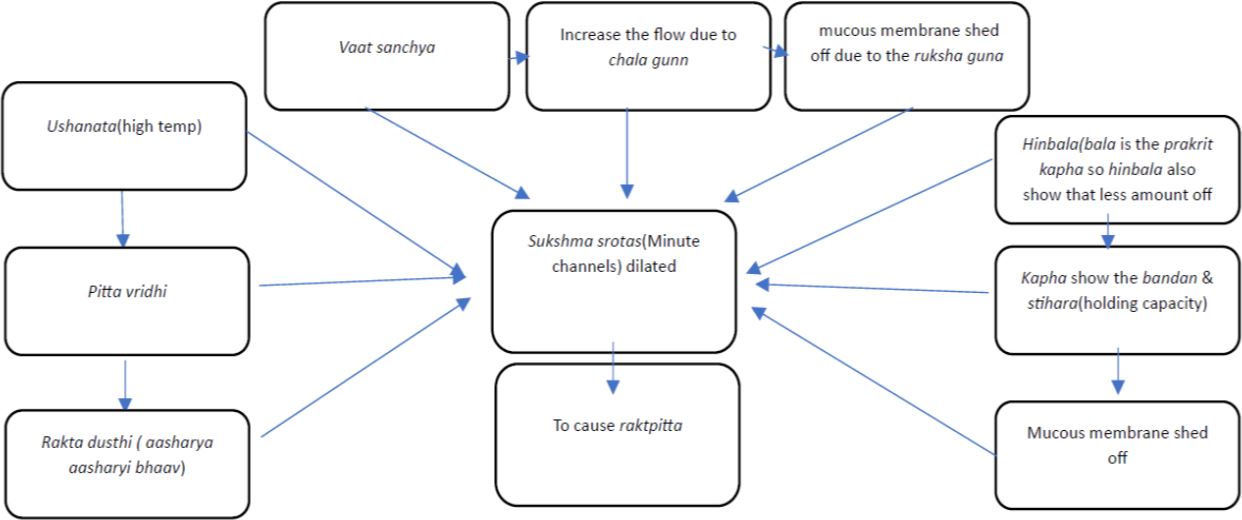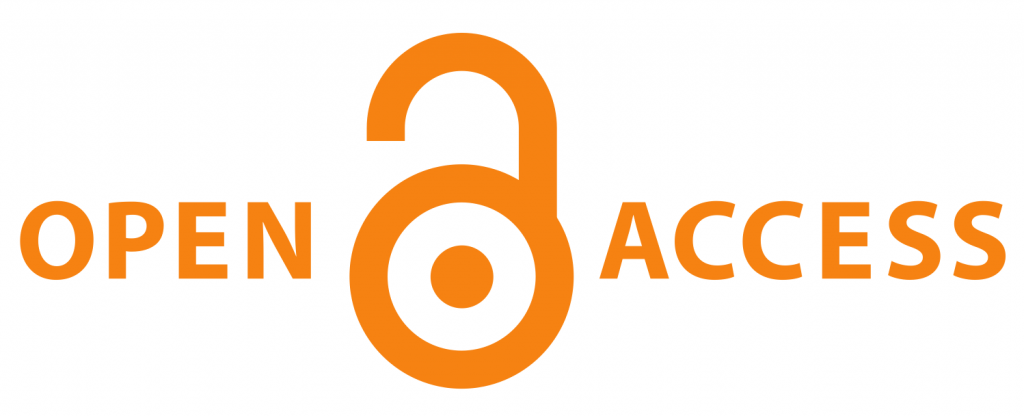Scientific Overview of Raktapitta: An Ayurvedic Perspective on Hemorrhagic Disorders
DOI:
https://doi.org/10.21760/jaims.10.7.25Keywords:
Raktapitta, Epistaxis, Doshas Dinacharya, RitucharyaAbstract
Raktapitta, as delineated in Ayurvedic texts, is a hemorrhagic disorder characterized by the spontaneous outflow of blood from natural orifices without any apparent trauma. The condition is primarily attributed to the vitiation of Pitta Dosha, which, when aggravated, contaminates the Rakta (blood) Dhatu, leading to its abnormal flow. This disorder manifests through various clinical presentations, including epistaxis (nosebleeds), hematemesis (vomiting of blood), and hemoptysis (coughing up blood), and is often exacerbated by factors such as excessive heat exposure, physical exertion, emotional stress, and consumption of pungent, sour, salty, and hot foods. The pathophysiology of Raktapitta involves the upward movement of vitiated blood, a phenomenon termed Urdhvaga Raktapitta, which predominantly affects the nasal passages. Ayurvedic management emphasizes a holistic approach, integrating dietary modifications, lifestyle adjustments, and specific therapeutic interventions. This paper aims to provide a comprehensive overview of Raktapitta, correlating its Ayurvedic understanding with contemporary medical perspectives, and highlighting effective Ayurvedic treatments for managing epistaxis.
Downloads
References
Divadi L, Divadi BK, Goswami PK. Charaka Samhita of Agnivesha: Ayurveda Deepika commentary of Chakrapanidatta. Vol. 2. 4th ed. Varanasi: Chaukhamba Krishna Das Academy; 2023. Nidansthana, Chapter 2, Shloka 5, p.680.
Divadi L, Divadi BK, Goswami PK. Charaka Samhita of Agnivesha: Ayurveda Deepika commentary of Chakrapanidatta. Vol. 3. 4th ed. Varanasi: Chaukhamba Krishna Das Academy; 2023. Chikitsasthana, Chapter 4, Shloka 9, p.198.
Divadi L, Divadi BK, Goswami PK. Charaka Samhita of Agnivesha: Ayurveda Deepika commentary of Chakrapanidatta. Vol. 3. 4th ed. Varanasi: Chaukhamba Krishna Das Academy; 2023. Chikitsasthana, Chapter 4, Shloka 10, p.199.
Sharma RK, Dash B. Charaka Samhita of Agnivesha: Ayurveda Dipika commentary of Chakrapanidatta. English Translation. Vol. 3. Varanasi: Chaukhamba Sanskrit Series Office; Chikitsasthana, Chapter 4, Shlokas 13–14, p.225.
Sharma RK, Dash B. Charaka Samhita of Agnivesha: Ayurveda Dipika commentary of Chakrapanidatta. English Translation. Vol. 2. Varanasi: Chaukhamba Sanskrit Series Office; Nidansthana, Chapter 2, Shloka 11, p.38.
Chaurasia BD. Human Anatomy. Vol. 3. New Delhi: CBS Publishers & Distributors Pvt. Ltd.; Chapter 15, p.269.















